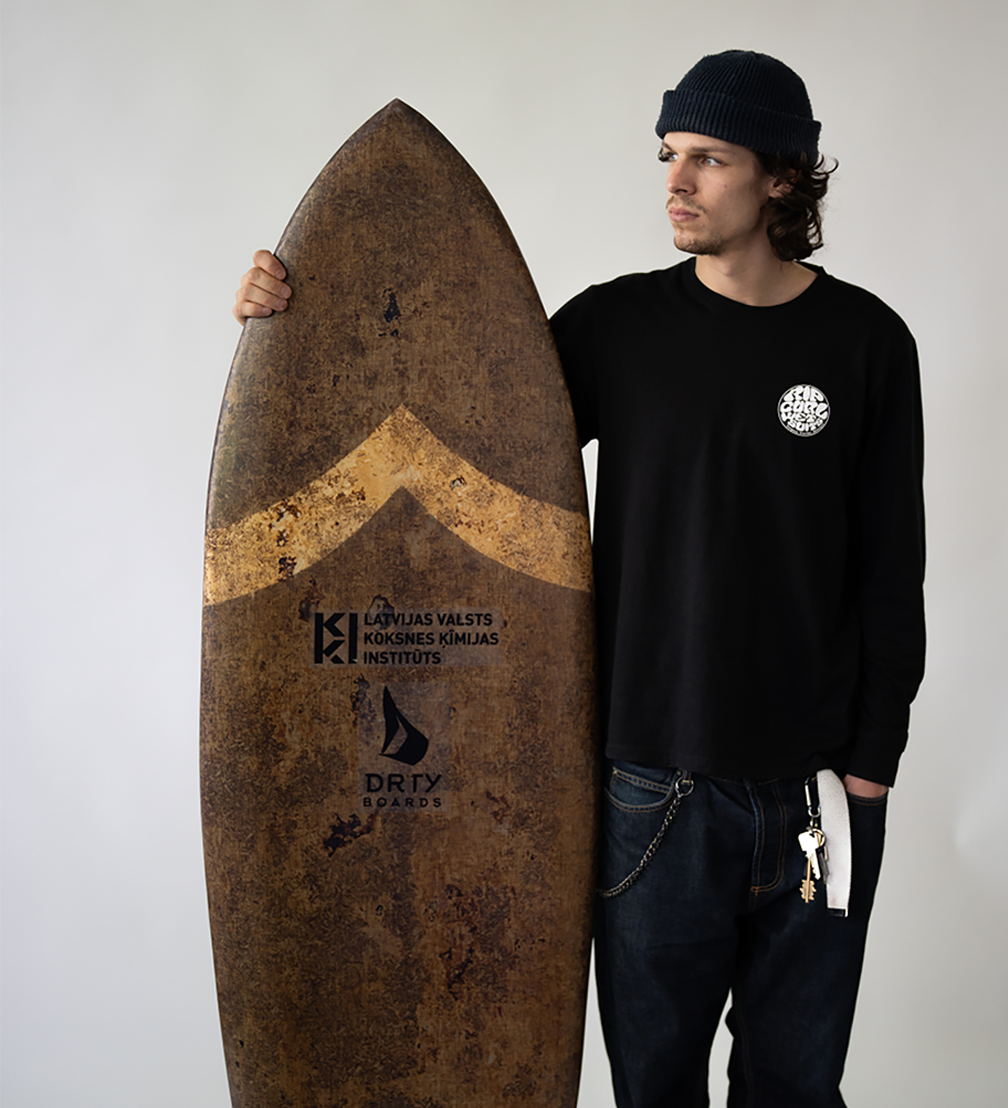
Upon completing his studies in the Product Design Bachelor’s programme at the Art Academy of Latvia (AAL), young designer Lūkass Segliņš created a surfboard grown from mycelium. In order to find a suitable alternative to polyurethane foam, which is commonly used to make surfboards, Lūkass experimented with various mycelium composite materials, using locally available resources, including hemp fibres.
While working on his bachelor’s thesis, Lūkass Segliņš found out that around 750,000 surfboards are made every year worldwide, each emitting an average of 165 kg of carbon dioxide during its lifetime, which is equivalent to the emissions of a car travelling 700 km. In addition, the use of various materials in the construction of the boards makes them impossible to recycle. «I surf myself, and I thought about how unecological traditional surfboards are. Polyurethane foam is a toxic petroleum product that does not decompose in nature for a long time and creates a huge amount of waste. More and more fields are interested in environmentally friendly alternatives, but in the surf industry, this is still a relatively new direction,» says Lūkass.
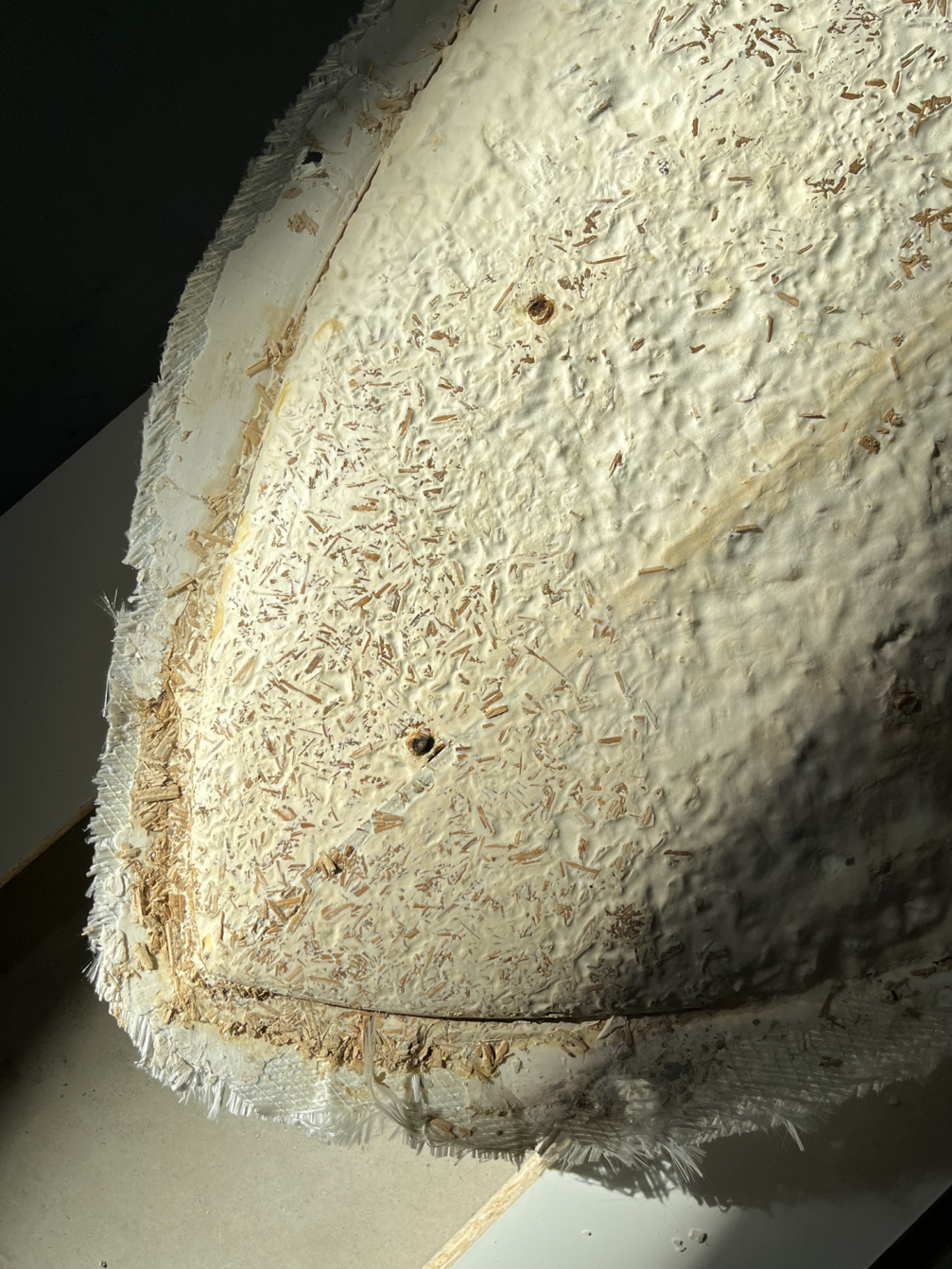
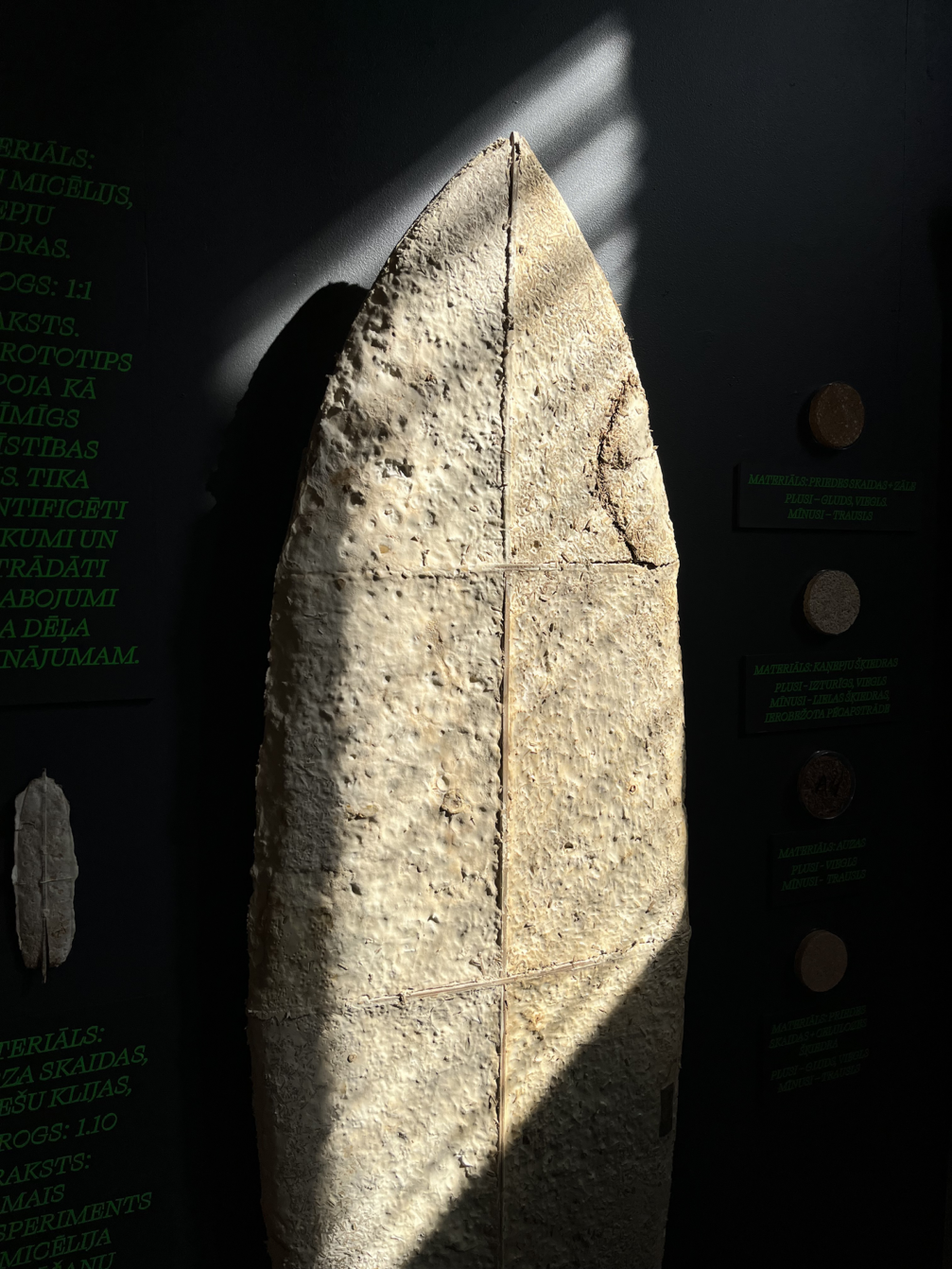
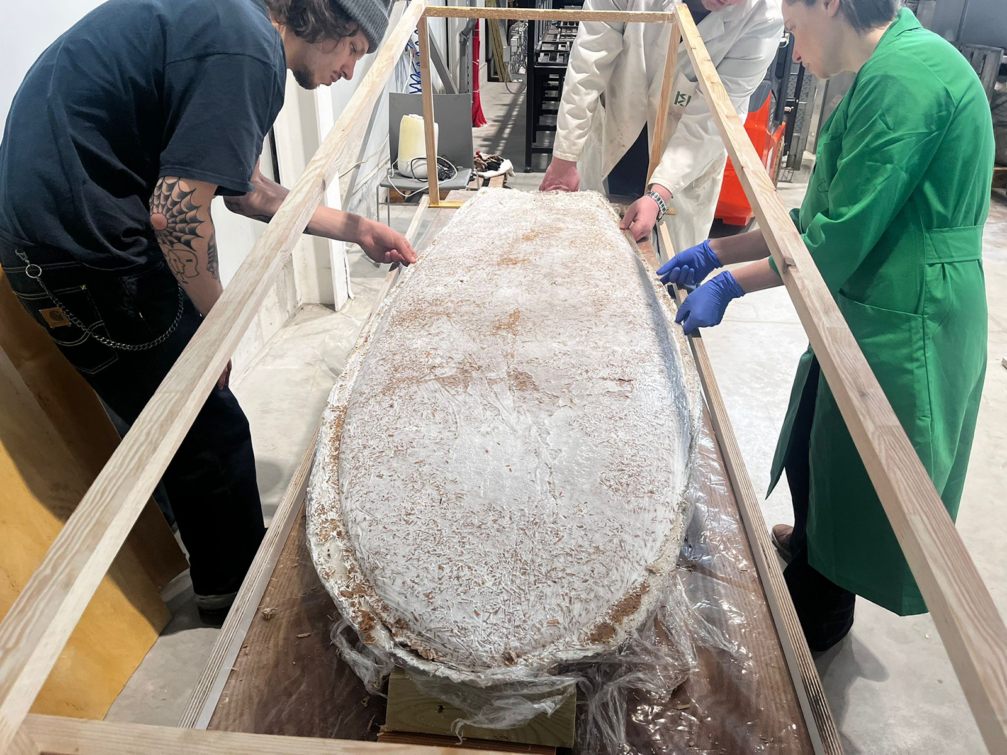
During the work process, the young designer collaborated with the Latvian State Institute of Wood Chemistry, which assisted with experiments in growing mycelium. In order to find the optimal formulation of the composite material, Lūkass tried out various substrates for growing mycelium, evaluating both the durability and processing possibilities of the material as well as the growth rate. A total of four substrates were tested — pine sawdust with cellulose, pine sawdust with grass, oats, and hemp fibres — with hemp fibres showing the best results. Lūkass points out that it is an easily accessible and renewable resource, and it also gave the material an attractive texture.
To learn about the practical aspects of surfboard manufacturing and choose the optimal shape, the designer collaborated with Drtyboards, the only surfboard manufacturer in Latvia. The shape of the mycelium board corresponds to the fish tail type, which is relatively compact and suitable for smaller waves. Considering that the processing possibilities of mycelium are limited, the board was grown in a mould specially made for this purpose. The rigidity of the board is ensured by a specially designed stringer — an element that serves as the backbone of the board and helps to maintain its shape without interfering with the growth of the mycelium. The shape of the board is framed by a light contour, which contrasts with the natural texture of the mycelium and creates a visual connection with the aesthetics of surf culture.
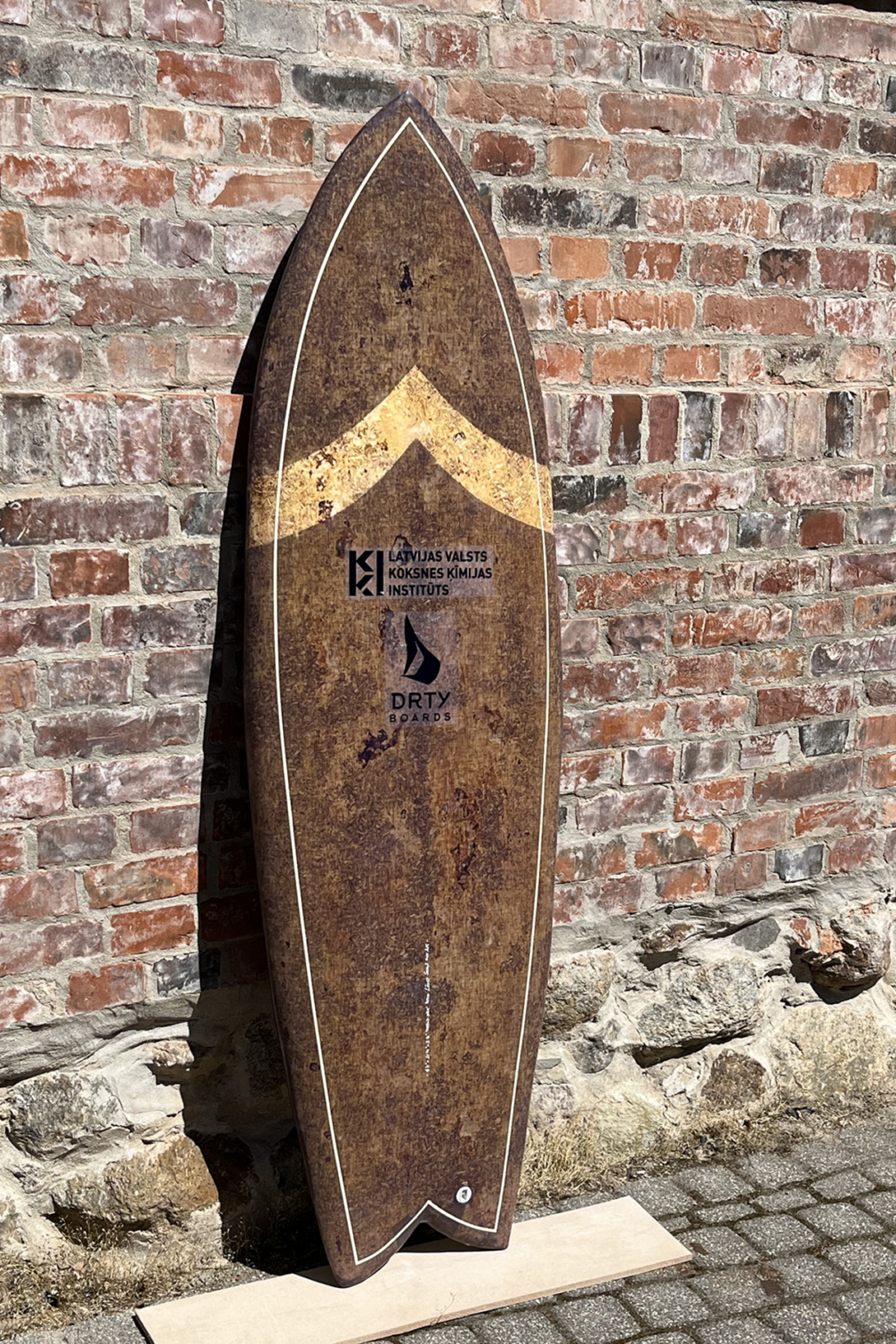
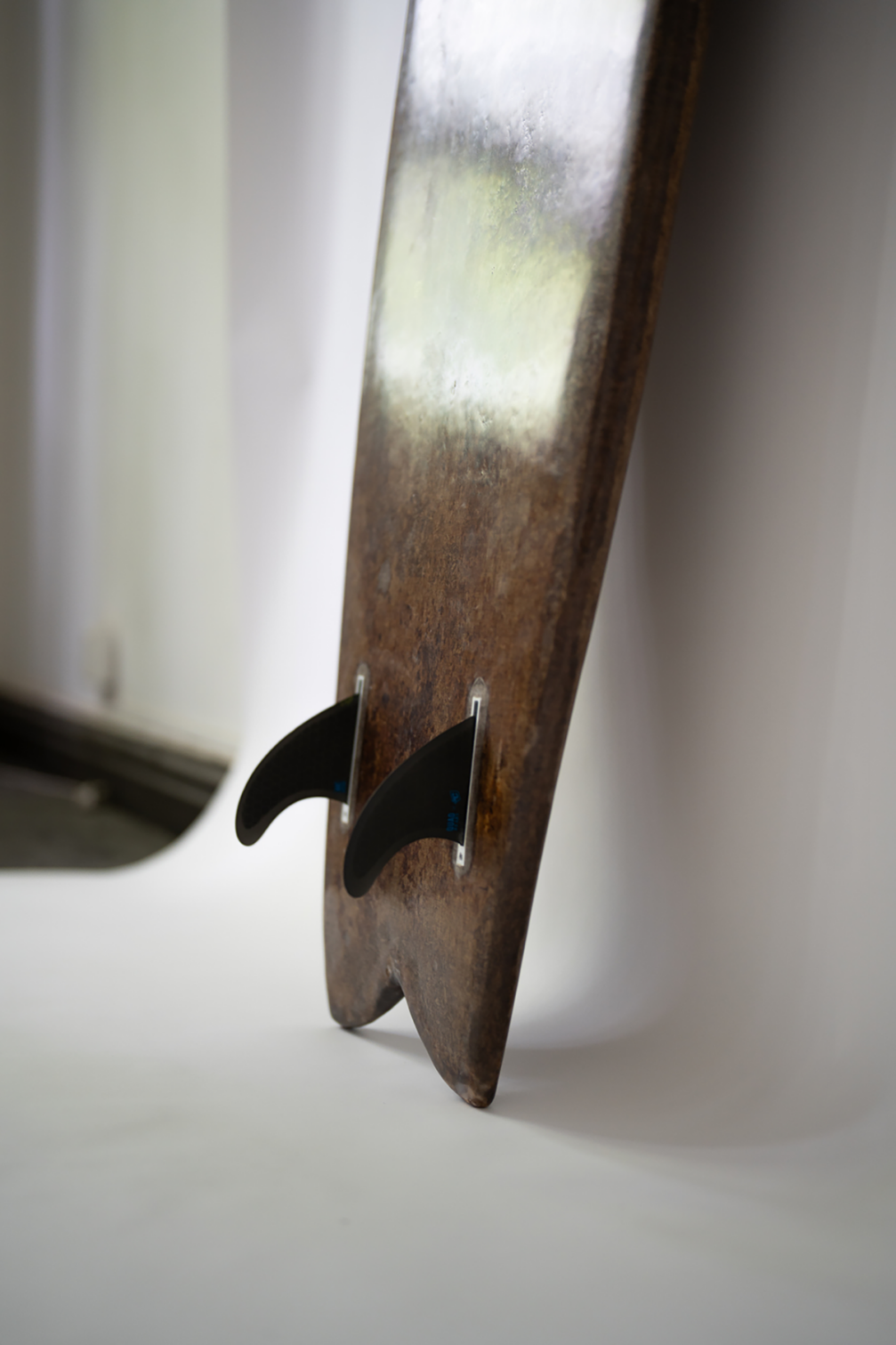
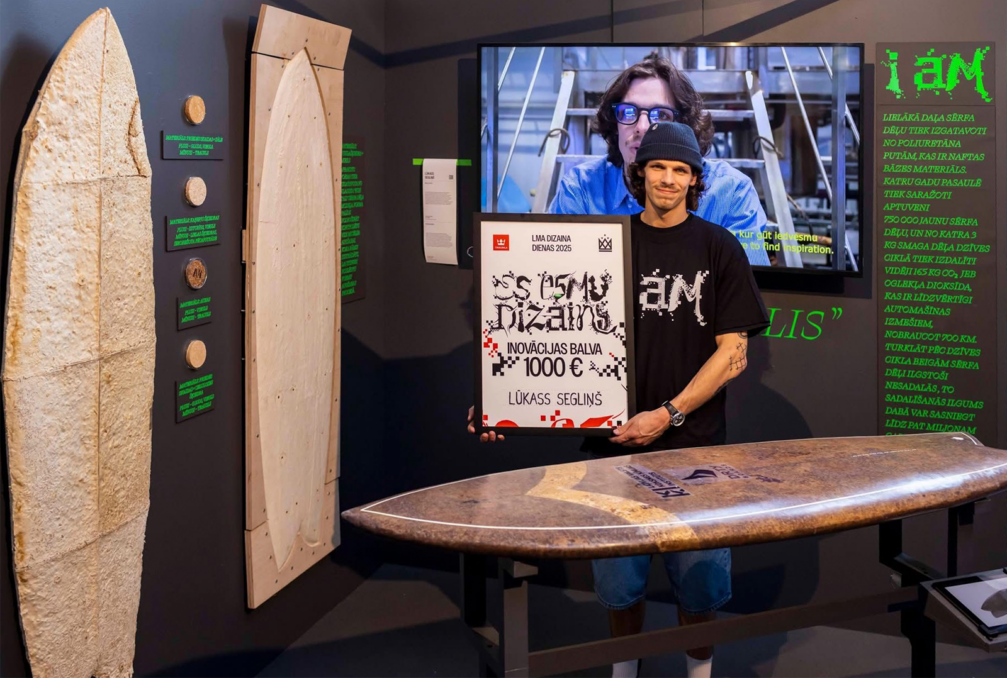
Lūkass says that the process of making the board was very labour-intensive and required a lot of experimentation, but the result confirms that mycelium can provide the flotation ability and structural stability required for a surfboard. However, there are still challenges related to the weight of the board and the need to find a more environmentally friendly coating that could completely replace epoxy resin. «There are still many challenges related to the mechanical strength of the material, water resistance, and production efficiency, but this project is the first step in showing that a biological approach to surfboard design is possible. I eagerly await the moment when sustainable solutions become an integral part of surfing,» comments Lūkass.
For his work, Lūkass received the Tikkurila Design Innovation Award 2025, which is presented with the aim of highlighting creative, original, and sustainable design solutions created by students of the Design Department of the Latvian Academy of Art. Lūkass’ bachelor’s thesis at the Latvian Academy of Art was supervised by Māris Mortukāns. Other projects by students of the Design Department can be viewed in the AAL virtual catalogue.

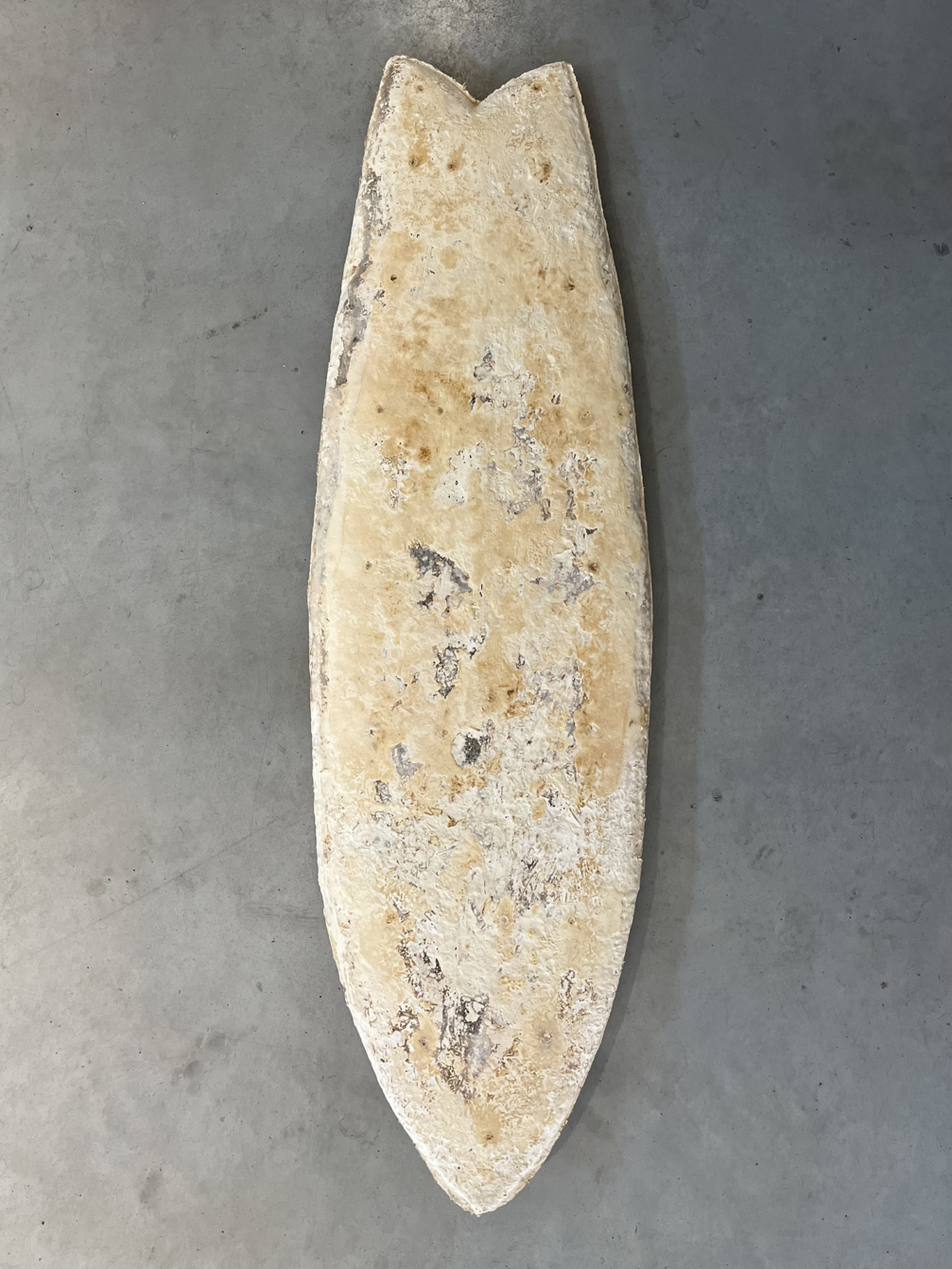
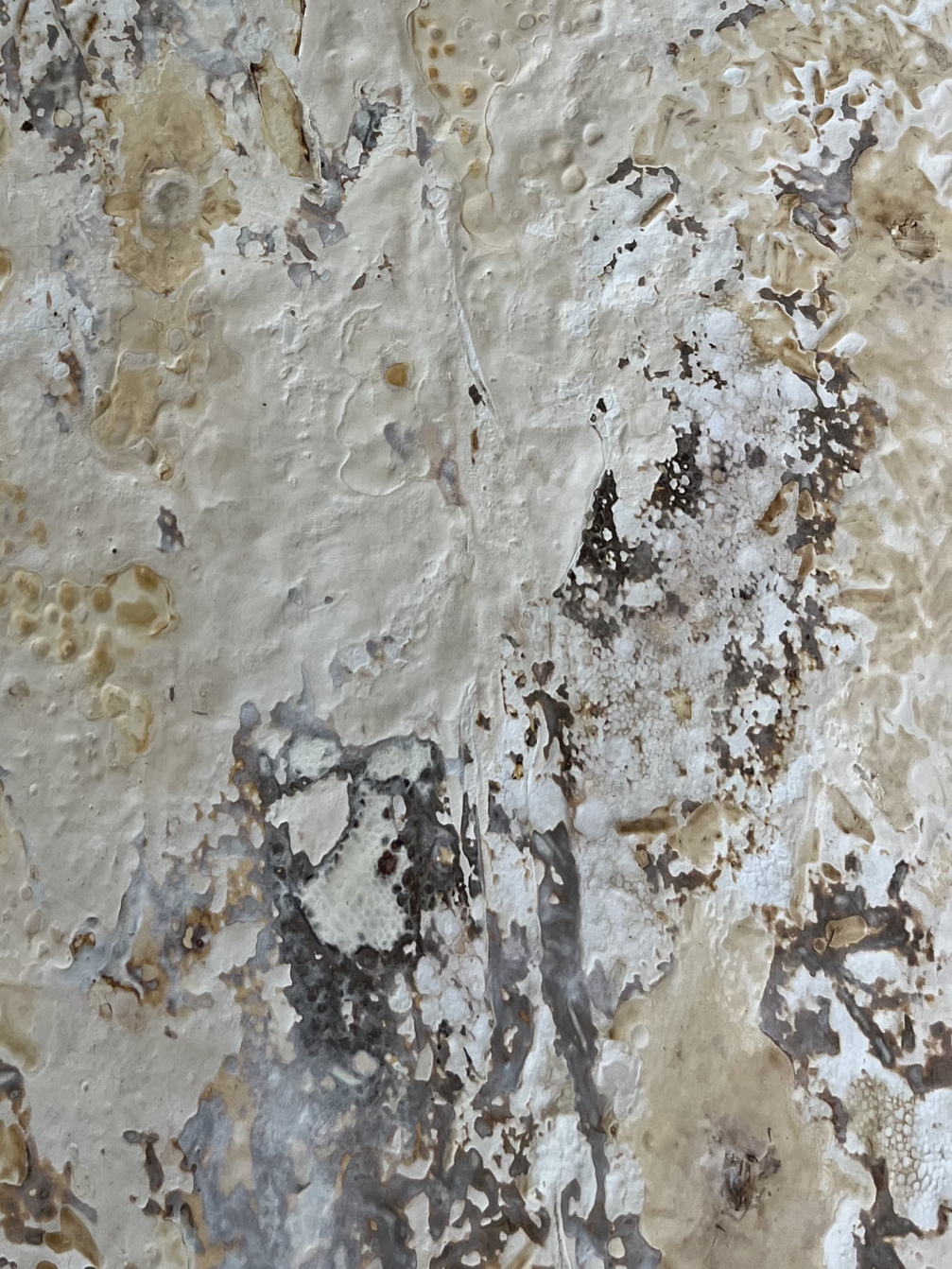
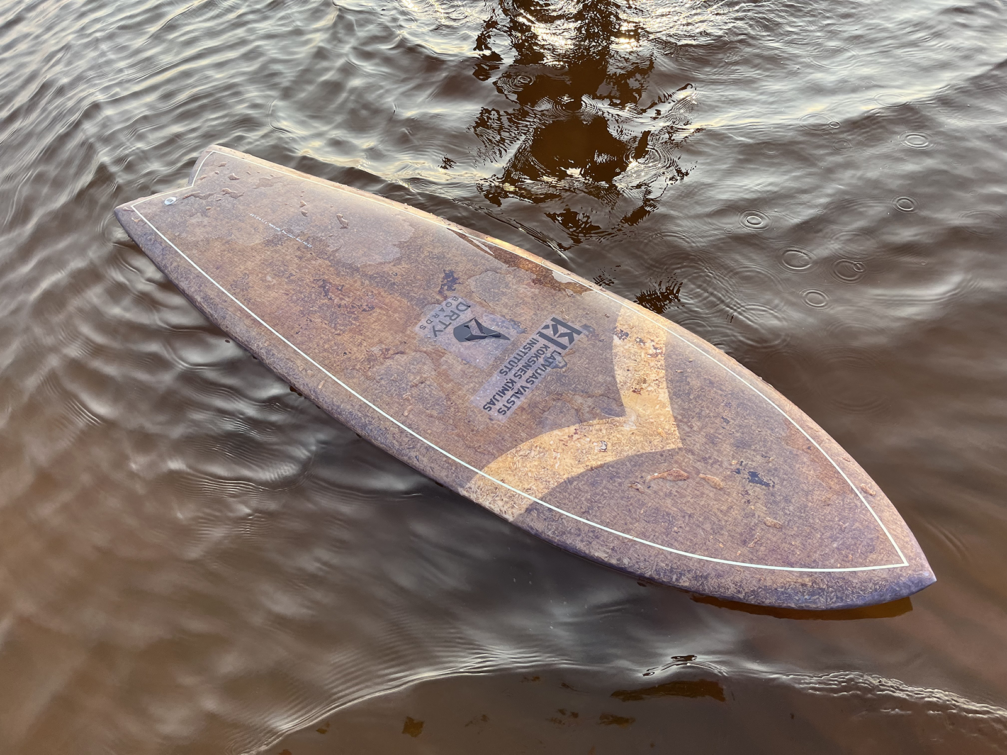
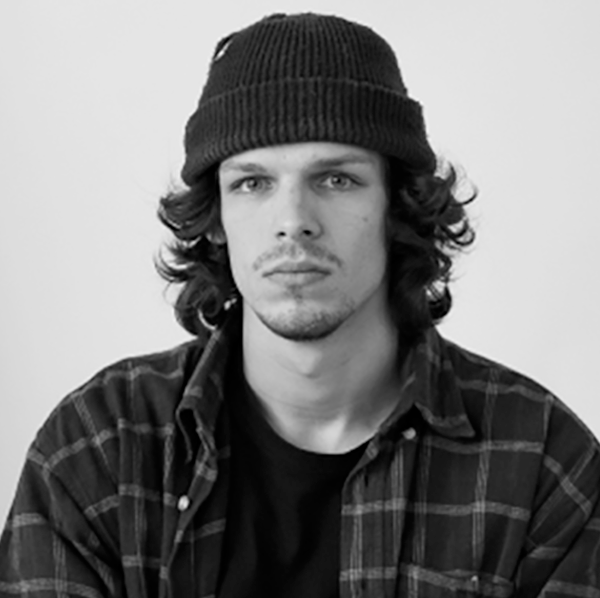

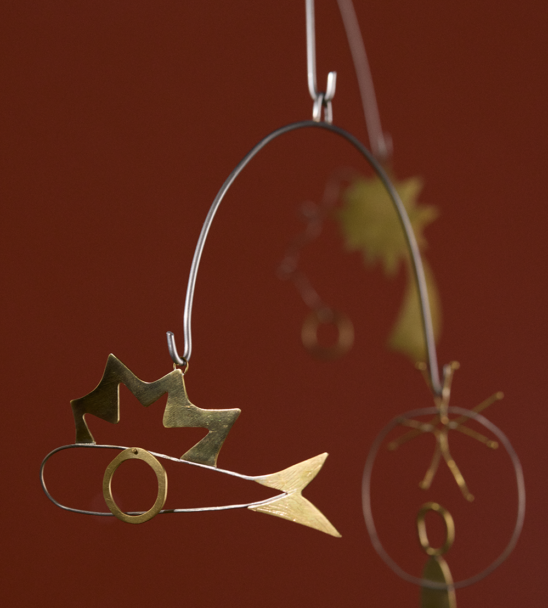
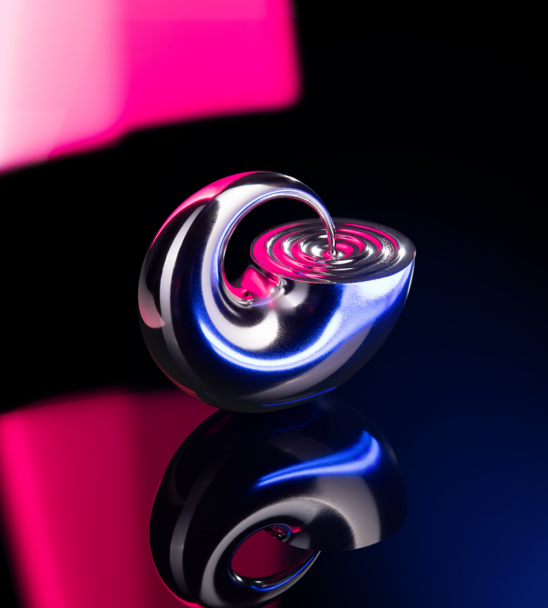
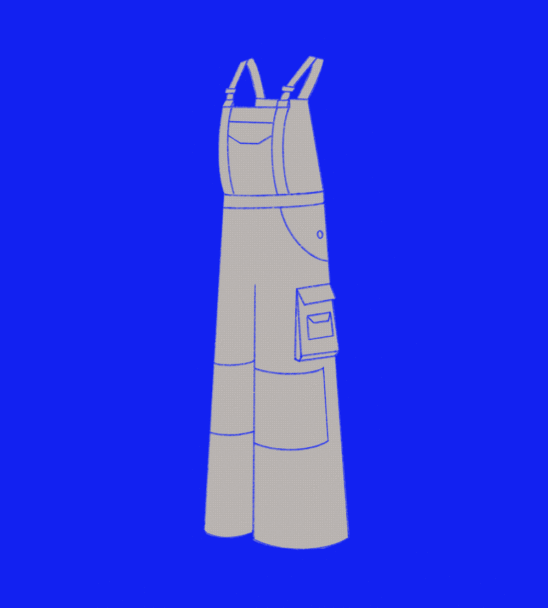
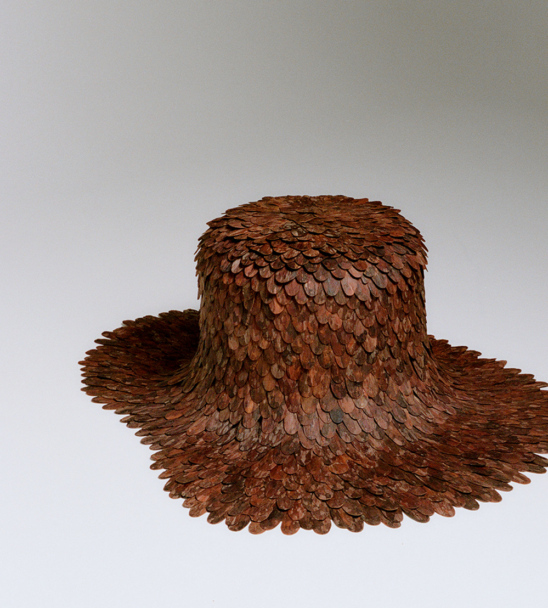

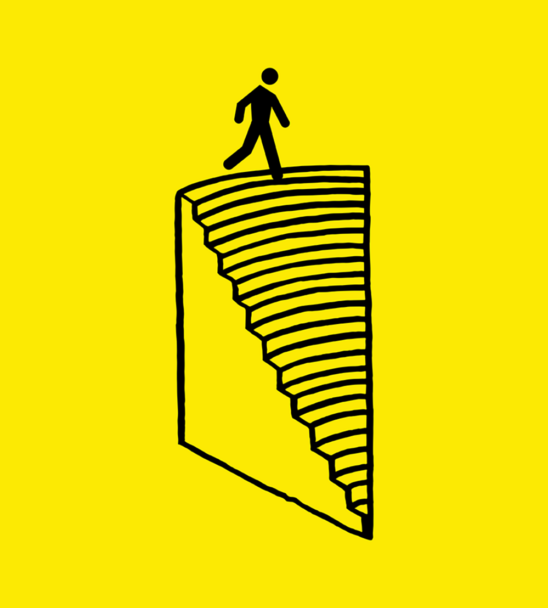

Viedokļi